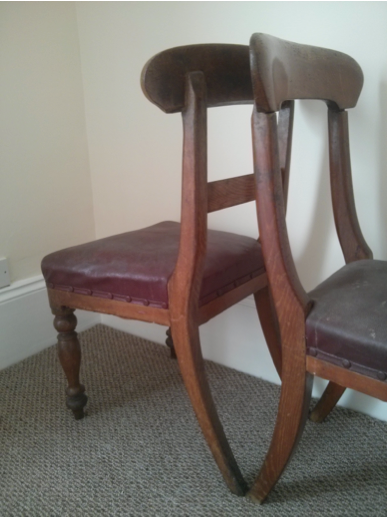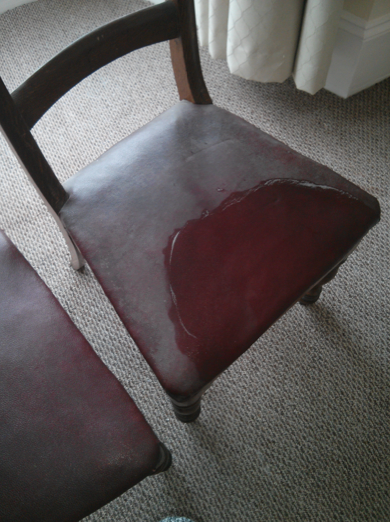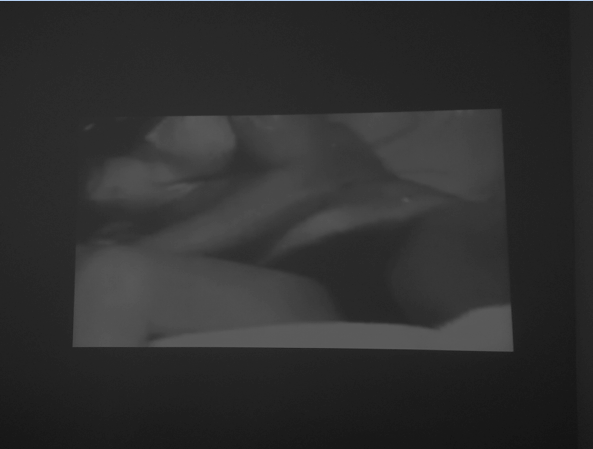The exhibition Barne Barton Loves Art is to be held at Tamar View Community Complex on Thursday the 13th of February from 3pm – 6pm.
Within the exhibition will be consist of:
Lobby Area:
Website station – Siobhan and Ellena will have a laptop near registration/entrance area for people to sign up to mailing list and look at BBroots website.
Siobhan will photograph community with a blackboard with ‘Why I love Barne Barton..’ photogrpahs will be uploaded onto the website and facebook to encourage participation and interaction.
Social Club Main Exhibition Room:
‘Where it all started…’ – A3 and A2 photographs of art events and projects within the Barne Barton community for example the Mural at the Barn and the Kinterbury Creek Totem Poles (The Green men). Allowing the community to embrace the presence of arts in the area.
School Pieces – A3 photographs of the Riverside School Pupils dressed up with road signs
Tony Whitehead sound piece – Interactive listening station with sound map based on the creek and walks in the area, Tony Whitehead will vbe present to talk about the project to the community
Bonkers Bunting – Kath Howard and Tiffany Smith will supervise a bunting making station during the event, encouraging children of the community to make bunting for the fashion show which will happen during the event. Documentation of previous bunting events will also be present.
Kitt Hill Commission Station – Catherine Dilloway will discuss with community ideas about renaming the nursery.
Dom Moore Station- Dom Moore will discuss with the community ideas about the mural, showing large scale print of the mosaic helping to illustrate it’s size.
Dancefloor:
Film screenings –Screen previous films Stiltskin film, Tall Ship film on projector at intervals or on loop throughout exhibition.
Bonkers Bunting Fashion Show –
The fashion show will use love themed songs, Pat Patel will organise this playlist on his sound system already at Tamar view.
L shaped Veranda:
Photobooth- Williams Danby’s interactive photobooth and costume area.
Stiltskin- Hired Children’s entertainment (will be family orientated) in hope to bring in audiences.
Refreshments –
Organised and funded by community/time bank
(This can be viewed on Floorplan)
Within the budget of £1000:
Kit List
Lobby Area:
• Website station –
• Laptop
• Business cards
• Chalkboards
• Chalk
• Camera
Social Club Main Exhibition Room:
Tony Whitehead sound piece-
• Laptop (provided by Tony)
• Headphones (provided by Tony)
Bunting station –
• Fabric
• Scissors
• Glue/stapler/sewing kit
Kit Hill Commission –
• Signage
• Stickers
General Display
• Tables (Tamar view Storage)
• Display boards (Tamar view Storage)
Dancefloor:
Film Screenings –
• Projector – (Tamar Views)
Bonkers Bunting Fashion Show –
• Photography
• Prizes
• Playlist – organised by Pat
• Lighting & Sound – Pat on DJ Booth
L shaped Veranda:
Photo booth –
• Booth – William Danby
• Laptop
• Printer – ink and photo paper
Stiltskin Entertainment –
• Stiltskin – councillors fund to pay, needs to be confirmed*
• Chairs (already in space)
Other:
Publicity – Printing –
• Flyers (a5)
• Interpretation plaques for each exhibit
• Exhibition guides (a5/a4?)
• Images – (a3)
• Posters/signage (a3)
Travel-
• Travel for kit – van (Gem’s Partner)
• Travel for Interns
DEADLINES:
PUBLICITY
• A5 flyers – Deadline for flyer design to be sent to Kim – 24th Jan
• Press release actioned after review by community, Edith to send to college marketing department
• Possibly contact the Herald?
OTHER
• Exhibition guide – interpretations on each exhibition element and a map of the space (also will feed into website content)
• Follow up and discuss elements with curatorial team on exhibition in Studio 11 – Saturday 8th March (PCA Open day)




